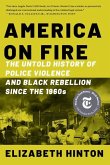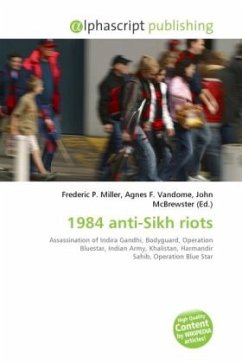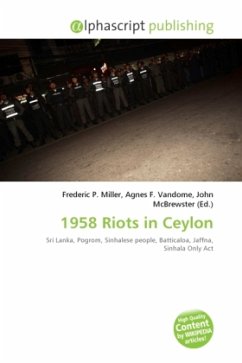High Quality Content by WIKIPEDIA articles! The Robert Charles Riots of 1900 were sparked after African American laborer Robert Charles shot a white police officer, which led to a manhunt. Twenty-eight people were killed in the conflict, including Charles. Many more people were killed and wounded in the riots. The manhunt for Charles began after an altercation involving Charles, his roommate, and several New Orleans police officers on Monday, July 23rd, 1900, and ended when Charles was killed on Friday, July 27. Louisiana was a racially diverse state at the turn of the century. Its population was listed at 730,000 'white' and 650,000 'negro' by the Twelfth Census of the United States. Louisiana law attempted to keep these two populations separate at the end of the 19th century. Plessy vs. Ferguson was originally a Louisiana case before going to the Supreme Court, and the state of Louisiana had passed eight Jim Crow laws by 1900. The effect of segregation laws was clear in the city of New Orleans at the beginning of the 20th century: "Signs of increasing animosity between the races were to be seen almost daily in New Orleans during June and July 1900.
Bitte wählen Sie Ihr Anliegen aus.
Rechnungen
Retourenschein anfordern
Bestellstatus
Storno








